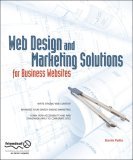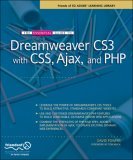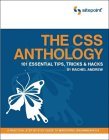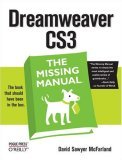Reviewer: Virginia DeBolt
Summary: very useful
Rating: 5/5
Accelerated DOM Scriptiing with Ajax, APIs, and Libraries is from Apress (2007). The book is mainly by Jonathan Snook, with additional chapters from Aaron Gustafson, Stuart Langridge and Dan Webb. Each of the additional chapters provides an example case demonstrating the techniques described by Snook throughout the book.
Snook is an excellent writer. Economical with words (this is a small book), but absolutely clear and easy to understand. Programming is not my subject. So much of this book was beyond my expertise. However, there were many parts of the book that do fall within my expertise, and I was highly impressed with the explanation, clarity, and philosophy behind the ideas that Snook included.
Chapters included JavaScript, HTML, CSS, and object-oriented programming. These were not basic level material, but were high-level explanations as to how these technologies work together in Ajax and JavaScript. The chapter on libraries listed the best choices. The chapter on visual effects talked about building animation objects. The three demonstration chapters covered form validation, a FAQ facelift, and a dynamic help system.
Recommended.
Technorati Tags: Accelerated DOM Scripting with Ajax, APIs, and Libraries, book reviews




 The CSS Anthology: 101 Essential Tips, Tricks and Hacks
The CSS Anthology: 101 Essential Tips, Tricks and Hacks
